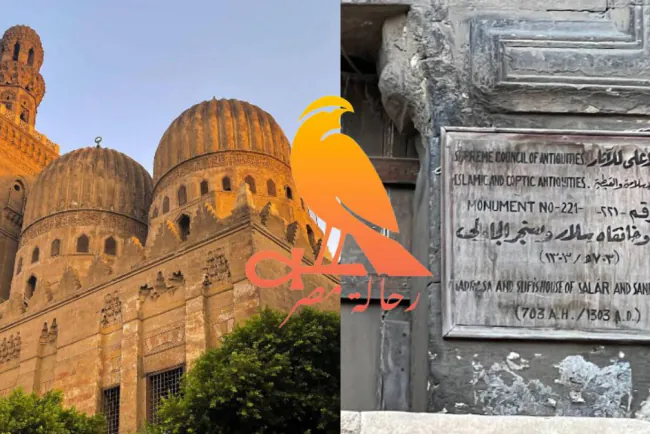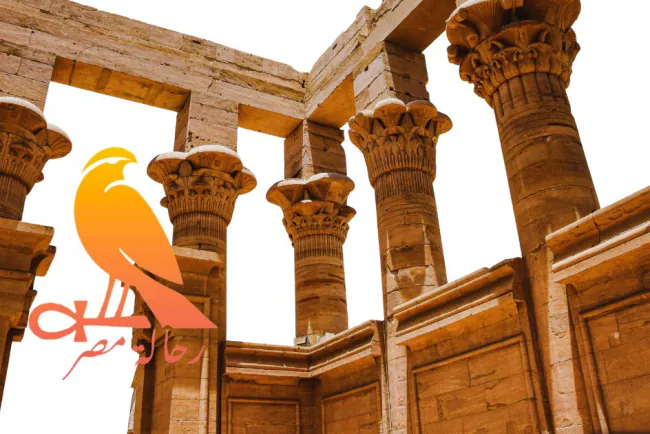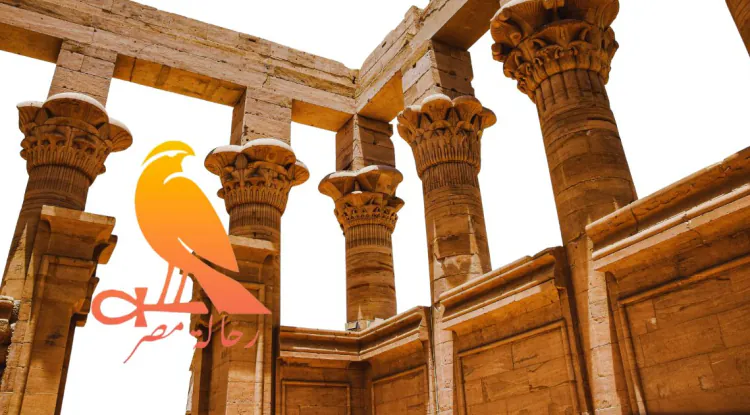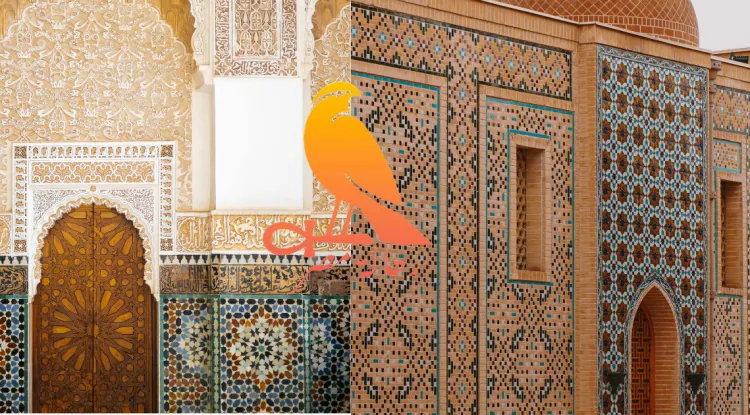The Ablaq in Islamic architecture
The variegated stone is a type of Islamic architectural art that characterized the architecture of the Levant, Egypt, and some regions of the Arabian Peninsula. It relies on the formation of square or rectangular plaster blocks, which are dominated by beautiful engravings and decorations of different colors - where white stone is combined with black or pink. It was installed above the doors of halls or inside them.

The term "ablaq" in archaeological terminology refers to stone courses on the facades of various historic buildings, alternating between black and white, or between light and dark.
In Egypt, colored courses on the facades of Islamic architecture began during the Ayyubid period during the 6th century AH (12th century AD). This phenomenon became particularly prevalent in Mamluk architecture between the 7th and 10th centuries AH (13th and 16th centuries AD), and remained in use until the late Ottoman period in the 13th century AH (19th century AD). These courses consisted of alternating dark and light lines, created using rows of natural or colored stones. This color change, with the help of this color change, relieved the architect of the monotonous rhythm of the facade's architectural mass and enhanced its flowing, smooth, and serene horizontality.
What is Ablaq ?
“Ablaq stone” is considered one of the most famous types of stones used in Islamic architecture, which characterized the architecture of the Levant and Egypt. This type of stone relies on square or rectangular plaster blocks with different engravings, decorations, and colors. White stone is combined with black or pink stone. It was installed inside halls or above their doors. It was used in the construction of Wardan Palace east of Hama, Al-Azm Palace, the Sulaymaniyah Tikkyia, and other archaeological and historical landmarks in Damascus. The “Ablaq Palace - Sulaymaniyah Tekke” is considered one of the most prominent of these, as well as the Great Nuriyya School and the Qalijiya School east of Al-Buzuriyah.
"Ablaq" or "balaq" in the language means black and white in color. It is also a type of limestone known in Yemen and mentioned in the Sabaean dictionary and ancient inscriptions. The fortress of "Al-Samawal ibn Aadiya," located in the north of the Arabian Peninsula, is considered the first fortress built using the "ablaq" decoration during the fifth century AD. It was also first mentioned before Islam in the poetry of Al-Samawal himself. Ablaq is a horizontal row of alternating colored stones arranged in an orderly fashion, such as black and white, red and white, black and yellow, earthy red and earthy brown, etc.
The name ablaq was originally given to the alternation of black and white, then it was generalized to other colors, especially in the architecture of the Mamluk era during the years 658-922 AH. This era is considered the golden age of ablaq, as its use became widespread. The “Ablaq Palace,” built by Sultan al-Zahir Baybars al-Bunduqdari in Damascus in the 7th century AH, is considered the first example of this decorative style in the architecture of that era. In its place, the “Suleimaniya Tikyia” was built, ordered by the Ottoman Sultan Suleiman in 1554, along with a Madrasa on a meadow that was used as a racecourse, located 800 meters west of the old city of Damascus on the southern bank of the Barada River.
What's Your Reaction?




















